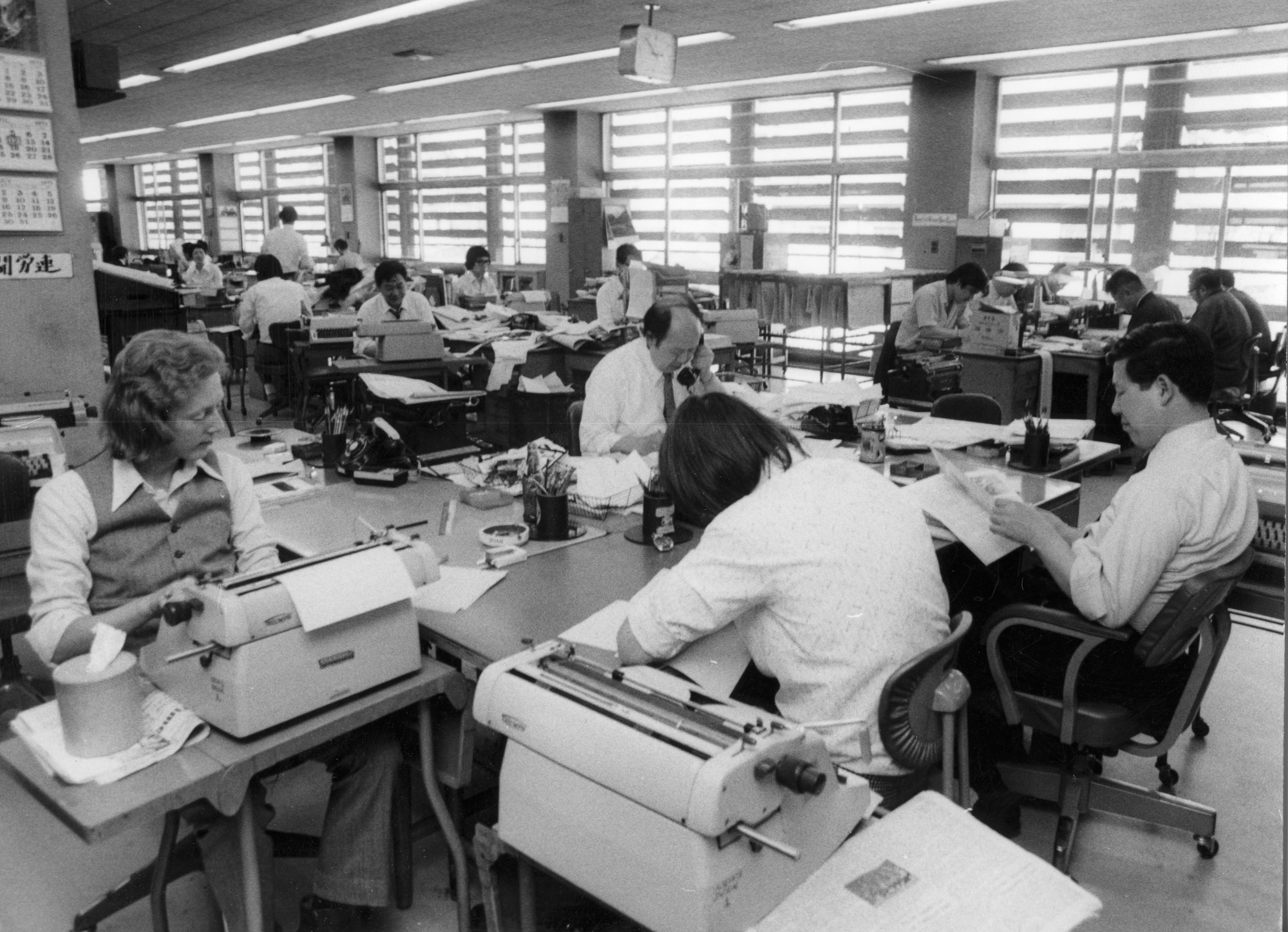The Japan Times is saying goodbye to Shibaura, the district in Minato Ward, Tokyo, that has been home to our company for the past 52 years. We are moving to a new office in the Kioicho district in Chiyoda Ward — but that is the ward where the company spent the first 69 years since its founding in 1897. We will miss this area's townscape with a beautiful (and occasionally odorous) network of canals that serve as a reminder of its history as land that was reclaimed way back in the 1910s.
Through the years we spent here, the Shibaura area has gone through much change. In the mid-1980s, walking from the east exit of Tamachi Station took you to streets lined with warehouses. When the 14-story building that we're now vacating was completed in 1989, it towered over much of its immediate neighborhood. Now it is dwarfed by the high-rise condominiums and office buildings that have shot up one after another amid the area's redevelopment since the turn of the century. During the bubble boom of the late 1980s to the early '90s, the "waterfront" area was also home to dance clubs and live houses that characterized the latest trend in youth culture, including Juliana's Tokyo, which is still remembered as a social phenomenon that mirrored the times.
The roughly half-century that The Japan Times spent in the area also marks its evolution from a newspaper publisher to a media company. The period has witnessed significant changes in the way news and information is circulated and consumed — along with the development in technology and the means of disseminating the news. When the company moved from the Uchisaiwaicho area of Chiyoda Ward to build a three-story (and 79.8-meter-wide) building of its own in Shibaura in 1966, it was in search of a site that could accommodate the "best and the latest" equipment available for printing the newspaper (according to the book "The Japan Times Story" published in 1966). We printed our newspaper here to be physically delivered to readers throughout Japan.

















With your current subscription plan you can comment on stories. However, before writing your first comment, please create a display name in the Profile section of your subscriber account page.